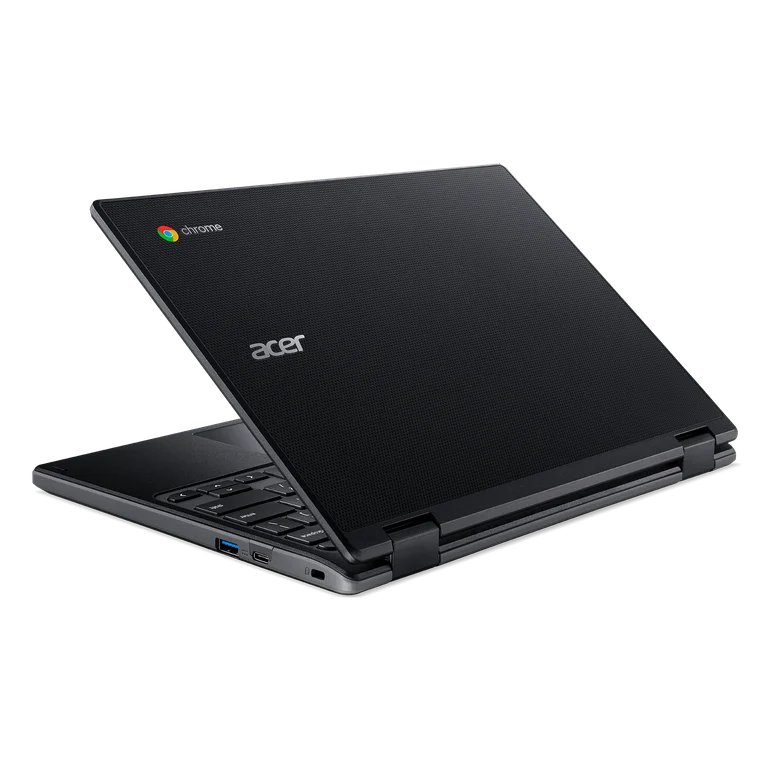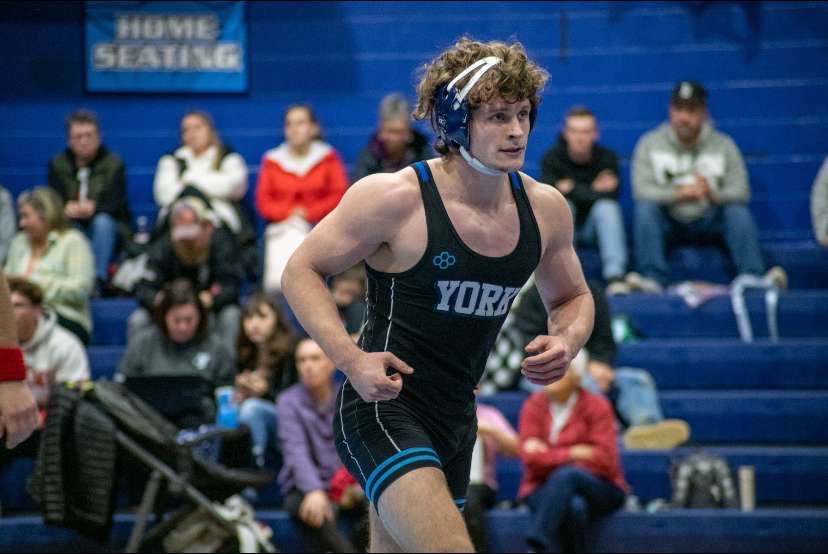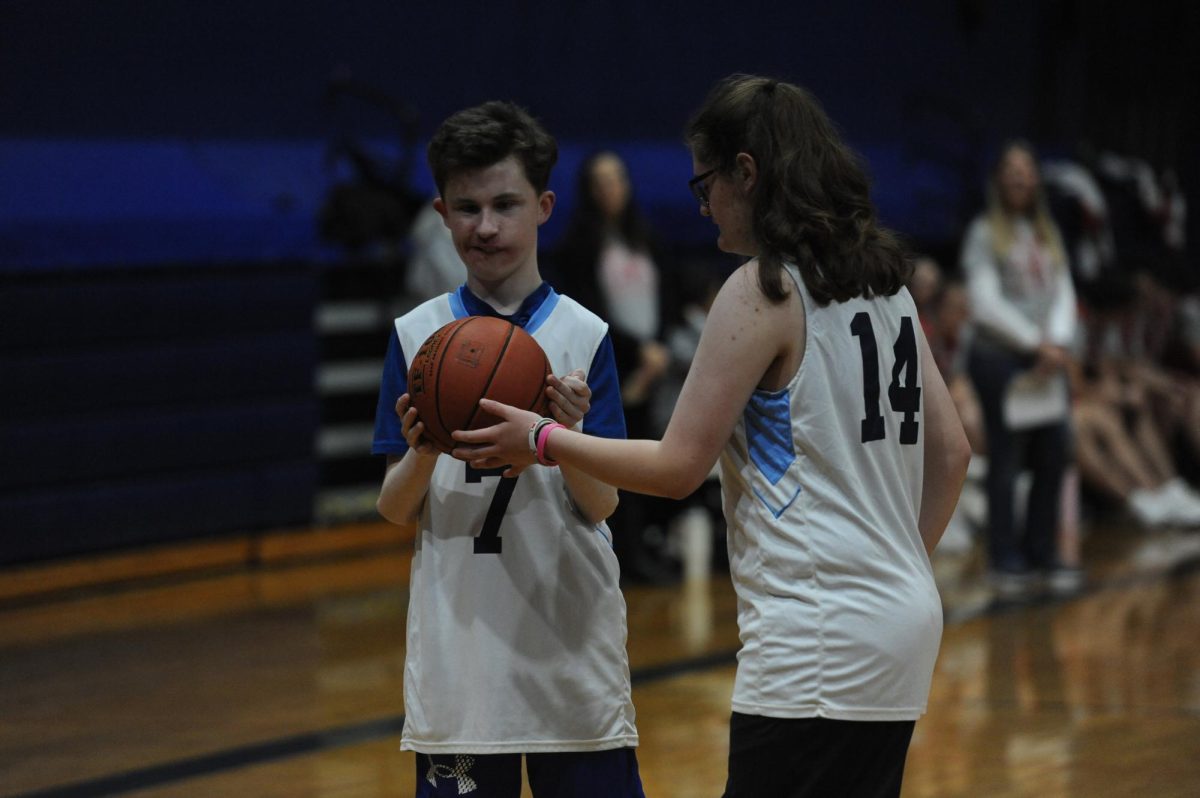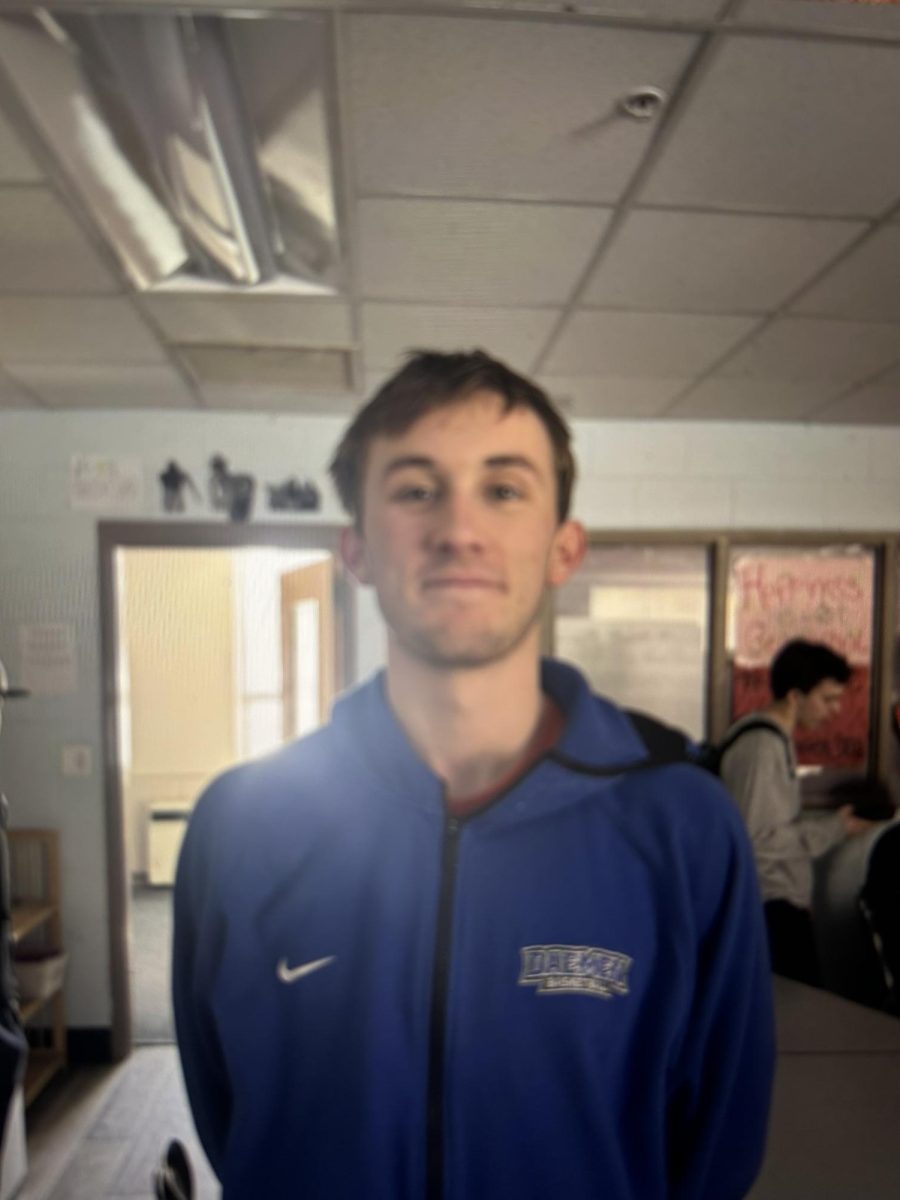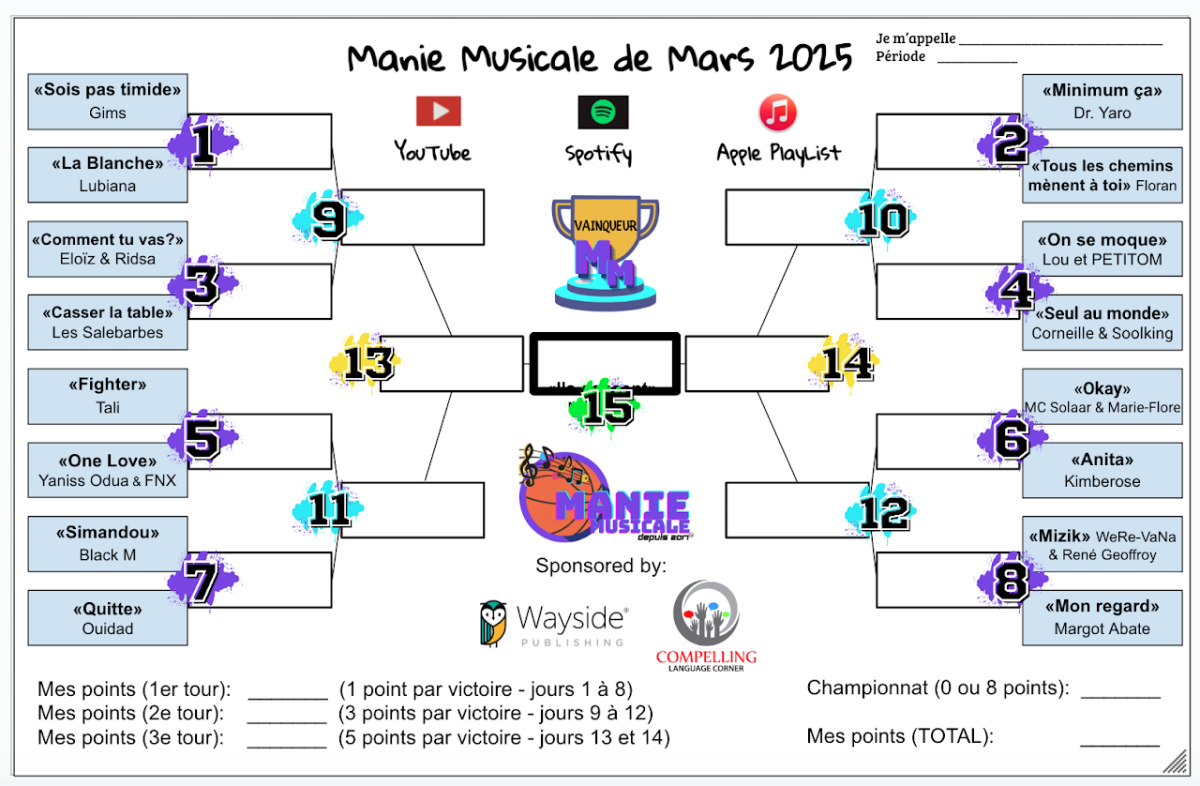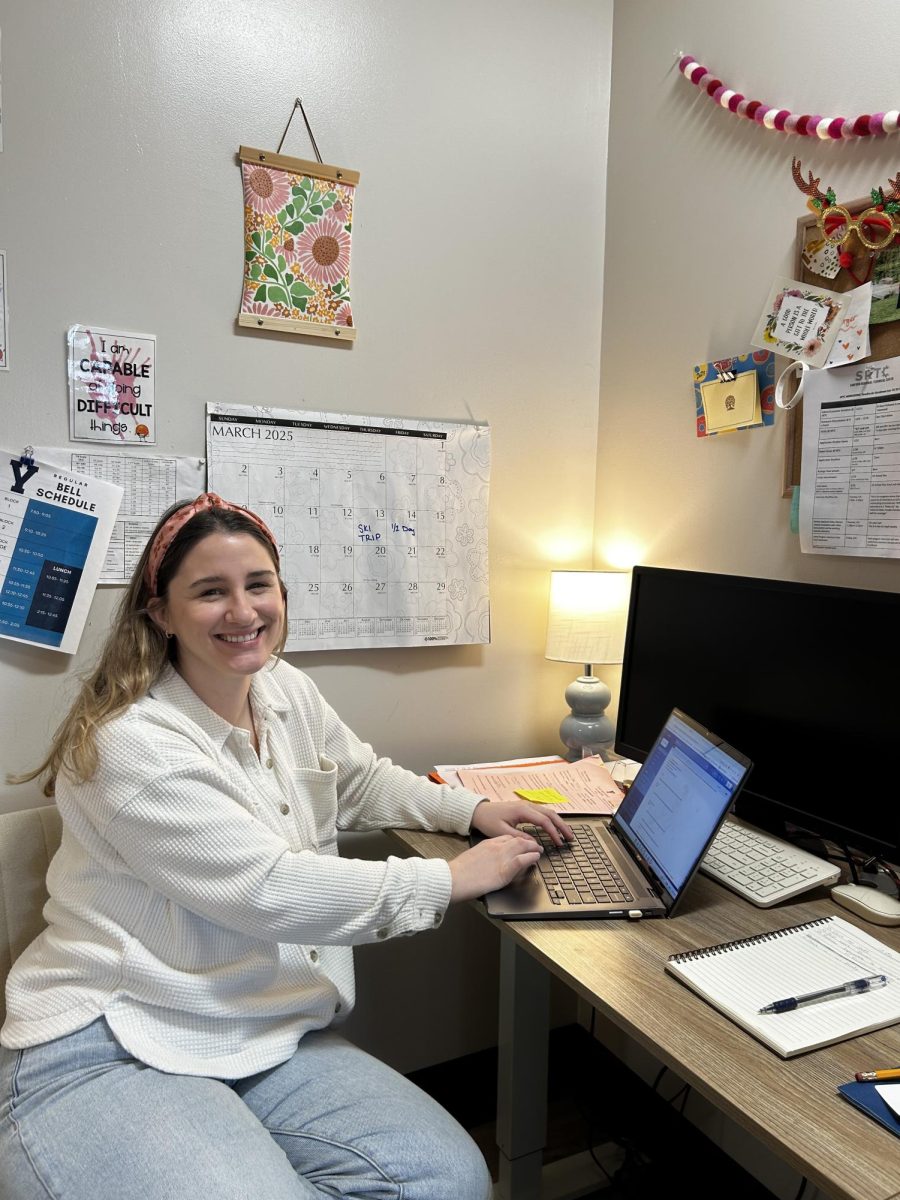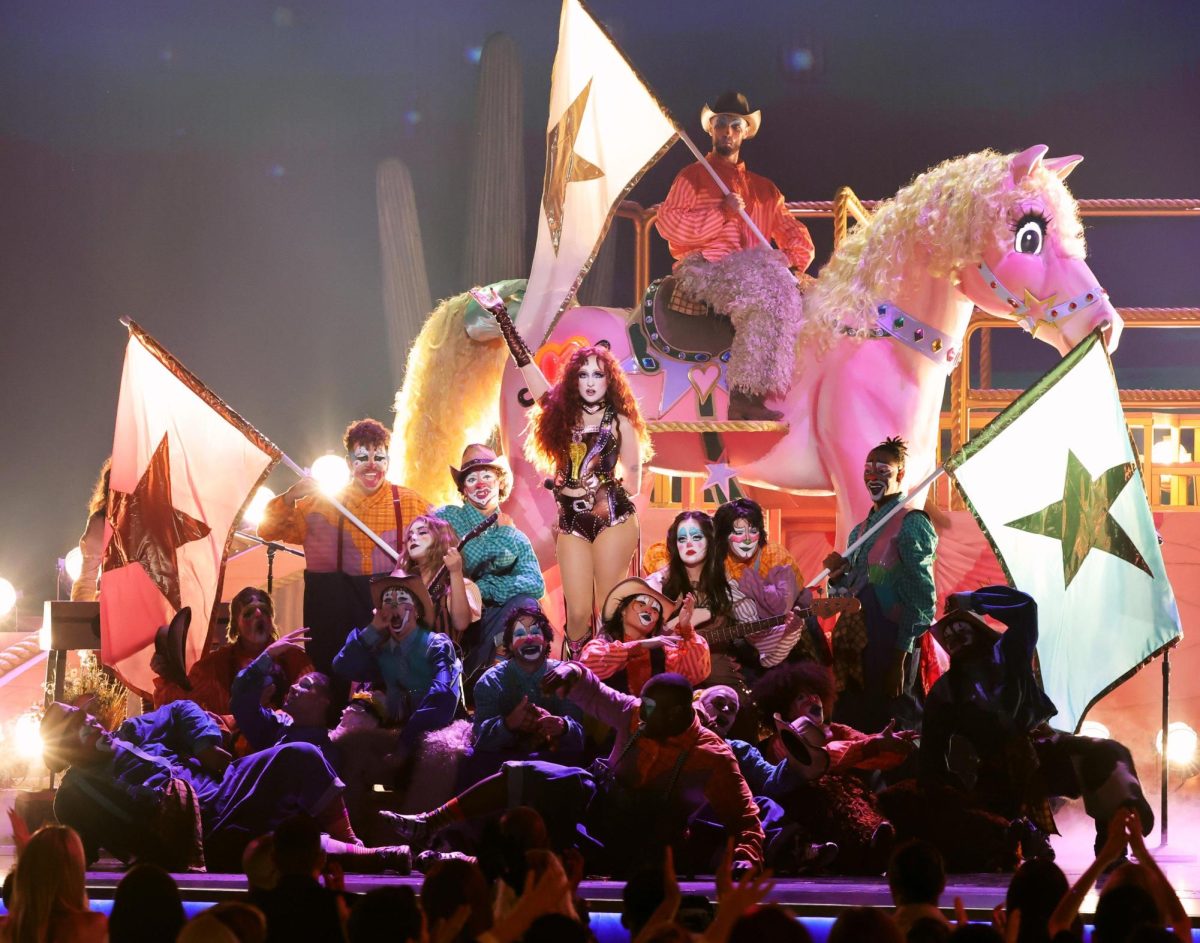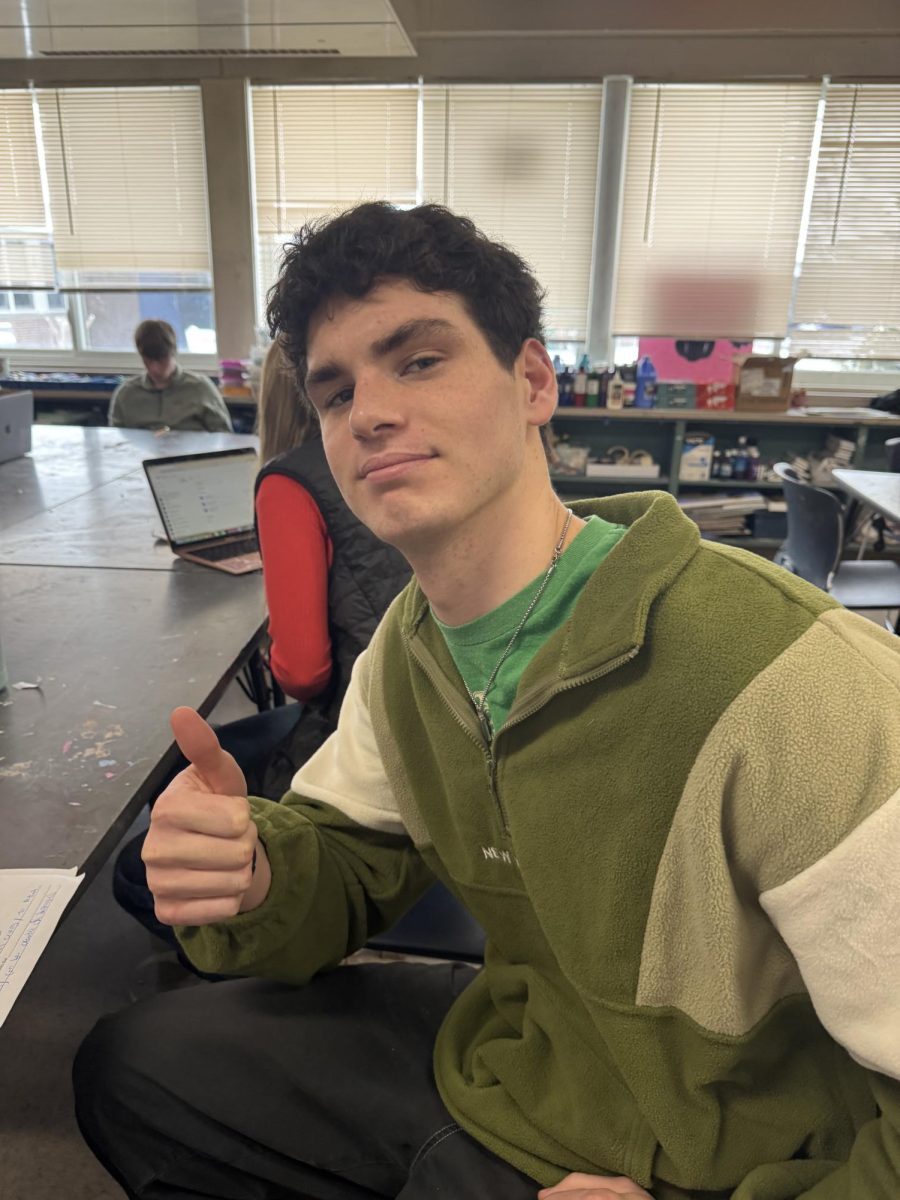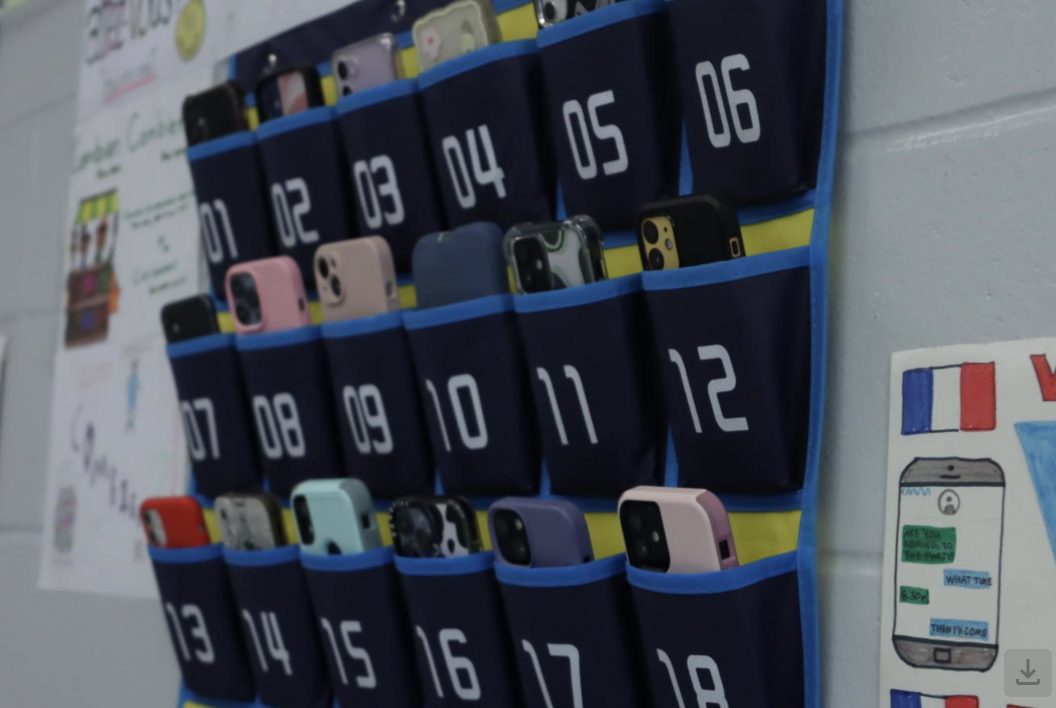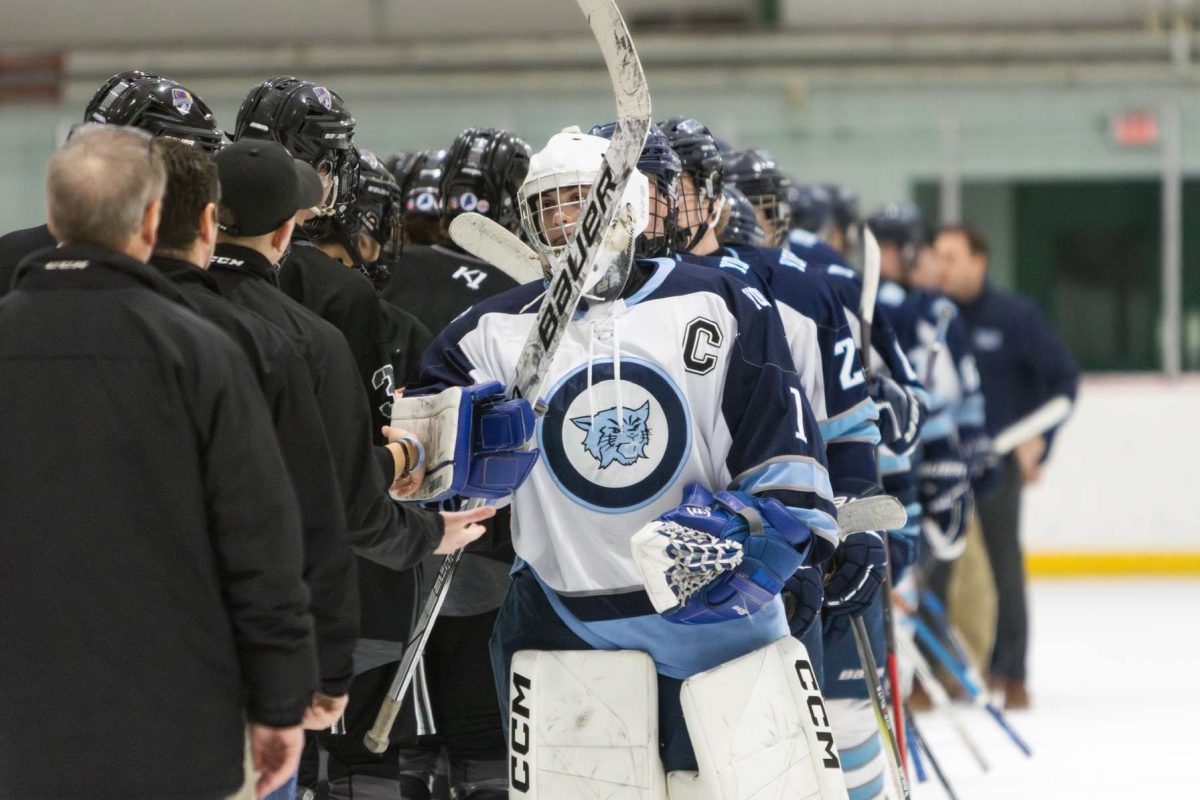York Robotics Team Update
November 30, 2022
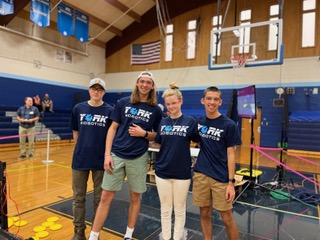
On Saturday, November 14th, members of the robotics team participated in a competition here at York High School. This year, the team consists of four different subteams: 5156A, 5156B, 5156C, and 5156D. Team 5156B, made up of Owen Spaulding, Emma Cleary, Jasper Witham and Nathan Pfirman, took home the Tournament Champion award. This team also was awarded the prestigious Excellence Award, which recognizes the team that provides the best quality design notebook and team interview.
Team 5156A, made up of Aiden Hilbourne, James Stack, Blake Wilson, and Finn Voorhies, was the 2nd place Tournament Finalist. Team 5156D, along with those two other teams, qualified for the state competition, which will take place in February. The members of team 5156D are Sam Hunter, Charlie Newton, Zach Narcotta, and Stefan MacGovern.
The challenge for competitions changes each year. “This year’s game challenge is called SpinUp,” explains Linda Mackaman, one of the robotics team mentors. “Robots try to score discs in high goals and low goals, own rollers, and cover field tiles for points.” During these qualifying matches, two teams, possibly from different schools, will be randomly selected to form an alliance. Alliances are matched and compete against each other in the SpinUp challenge.
The York Robotics Program was launched in 2015, when a grant form the York Education Foundation enabled the purchase of six robot kits. Unlike many other things, robotics didn’t stop during the pandemic. “During the pandemic we went virtual, sending robot kits home to builders. We met weekly by Zoom to gauge progress and learn coding techniques. We even competed remotely, matching up with teams literally from across the globe,” says Mackaman.
This year, the program was opened to middle schoolers. There are 4 sub teams of high school students, and 4 made up of middle school students. Each sub team has 4-5 members, each with a specific and important job. There are 5 necessary jobs: designer, builder, programmer, driver, and design notebook keeper. In smaller teams, one member may have multiple jobs.
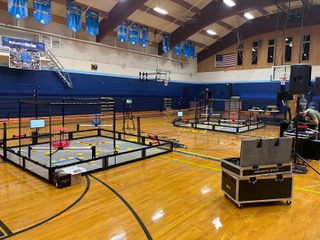
“Designers take the team’s ideas and make prototypes either in three dimensions or aided by a CAD [computer aided design] program,” Mackaman describes. “Builders polish and integrate the prototypes into a working system.” Programmers are responsible for coding the robot to behave how the team wants it. Robots need to be coded to be able to operate both with and without a driver. A design notebook keeper will record the team’s progress. According to Mackaman, some elements that a design notebook would include are: “build progress, program testing, any challenges along the way, and the solutions tried to overcome those obstacles.”
Materials needed to make an actual robot include aluminum, gears, wheels, and axles. When it comes to the programming piece, there are a couple of options. “For those new to coding, a block, drag-and-drop language similar to Scratch is available. Those ready to take on the challenge of text based coding can choose between C++ or python using libraries built specifically for [our program],” Mackaman explains.
There are still more competitions to come this year. The team’s next two will be on December 3rd and 10th.
